Norway, a land of breathtaking fjords and majestic mountains, has a rich architectural heritage that seamlessly blends with its stunning natural surroundings. From traditional wooden stave churches to cutting-edge modern designs, Norwegian architecture is a testament to the nation's history, culture, and adaptability.
The Different Architectural Styles of Norway
Traditional Norwegian Architecture
The stave churches are a prime example of traditional Norwegian architecture. These wooden structures, remnants of the European Middle Ages, showcase intricate carvings on their doors and finials. They stand as a testament to Norway's deep-rooted history and the importance of wood in its architectural landscape.
Modern Norwegian Architecture
Over the past two decades, cities like Oslo have witnessed a dramatic transformation in their skylines. Iconic structures such as the MUNCH museum and the Oslo Opera House, inspired by ice floes and mountains, represent the evolution of modern Norwegian architecture.
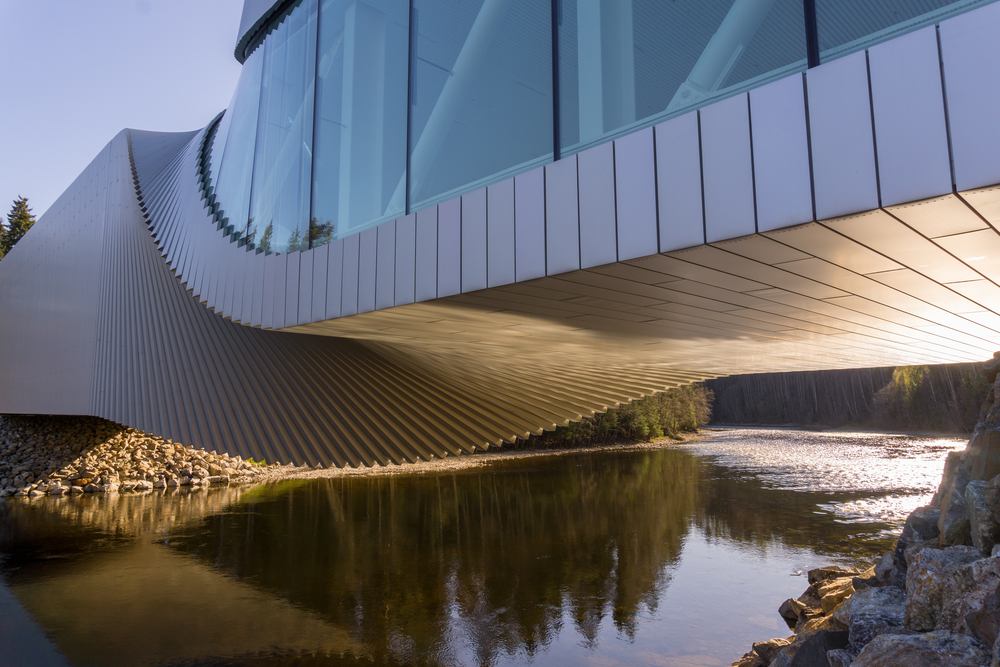
Sustainable Norwegian Architecture
Sustainability is at the heart of Norwegian design. The world's tallest timber hotel and the Plus, an environmentally-friendly furniture factory, are examples of Norway's commitment to green architecture. Using natural materials like wood, these structures are both rooted in tradition and built for the future.
Famous Norwegian Architects
- Sverre Fehn: Known for his unique Nordic modernist approach, Fehn's designs often incorporate natural elements and light.
- Arne Jacobsen: A pioneer of modernist architecture, Jacobsen's works are celebrated worldwide.
- Christian Norberg-Schulz: His emphasis on the relationship between architecture and place has left an indelible mark on the architectural world.
Iconic Norwegian Buildings
Nidaros Cathedral
Located in Trondheim, the Nidaros Cathedral stands as a magnificent testament to Norway's religious history and architectural prowess. Constructed over the burial site of King Olav II, who later became the patron saint of the nation, this cathedral is a pilgrimage site for many.
Its intricate Gothic and Romanesque designs, coupled with its rich history, make it a must-visit for anyone interested in architecture in Norway.
-compressed.jpg)
Oslo Opera House
Situated in the heart of Norway's capital, the Oslo Opera House is a marvel of modern architecture. Designed by the renowned architectural firm Snøhetta, its angular, iceberg-like structure seems to rise from the waters of the Oslofjord. Visitors are encouraged to walk on its roof, offering panoramic views of the city and the fjord.
The design, inspired by Norway's icy landscapes, is a testament to how modern Norwegian architecture can blend functionality with breathtaking aesthetics.
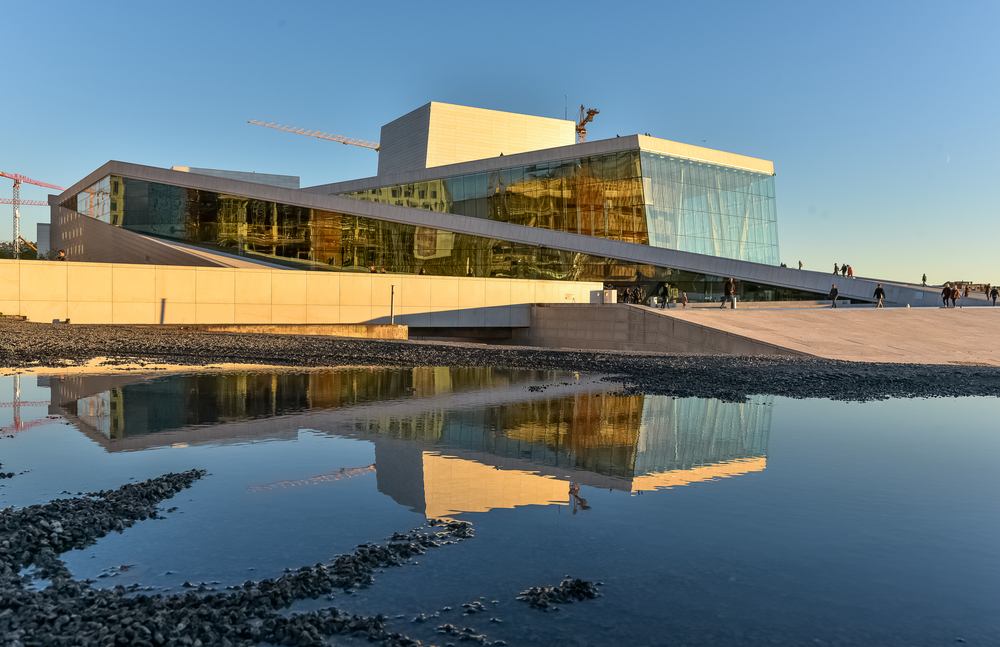
The Stave Churches
These wooden churches are among the most iconic symbols of Norway's medieval past. With less than 30 of them remaining today, each stave church in Norway is a unique masterpiece showcasing intricate wooden carvings, dragon motifs, and a design that speaks volumes of the craftsmanship of the era.
These churches transport visitors back to medieval times, offering a glimpse into the religious and architectural practices of ancient Norway. The Borgund Stave Church is one of the most visited and is an exemplary representation of Norwegian cabin design from the past.
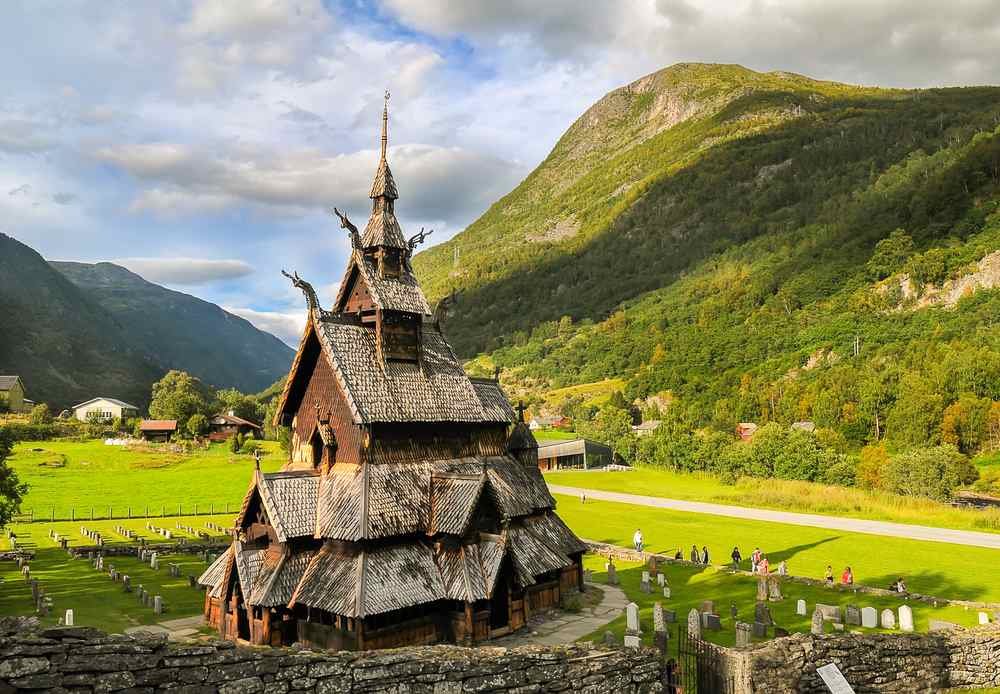
How Norwegian Architecture Has Been Influenced by the Country's Climate and Geography
The Use of Wood
Norway's vast and dense forests have provided an abundant supply of timber, making wood a natural choice for construction throughout its history. This renewable resource has been used in various forms:
- Traditional Cabins: The iconic Norwegian cabins, often found nestled amidst the country's picturesque landscapes, are primarily constructed using wood. These cabins, with their rustic charm, are a testament to the country's deep-rooted architectural practices. The traditional Norwegian cabin design often features log construction, with interlocking corners and wooden shingles.
- Modern Edifices: In contemporary Norwegian architecture, wood is being used in innovative ways. Architects are pushing the boundaries, creating structures that are not only sustainable but also aesthetically pleasing. Modern buildings, such as the Mjøstårnet in Brumunddal, stand as examples of how wood can be used to construct tall structures, challenging traditional architectural norms.
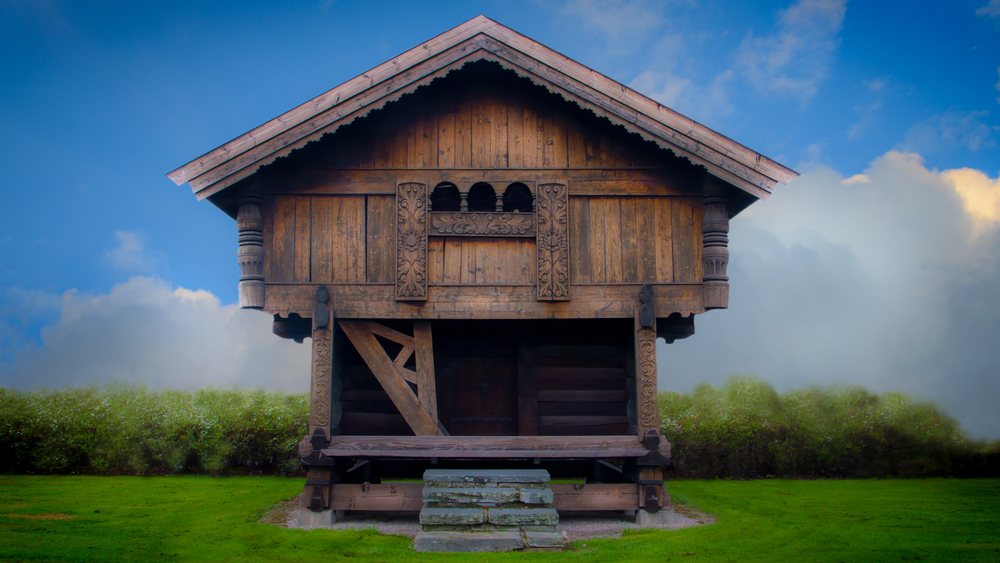
The Focus on Natural Light
Given Norway's geographical location, it experiences long winters with limited daylight. This has significantly influenced its architectural designs:
- Maximizing Daylight: Large windows, open spaces, and reflective surfaces are commonly incorporated into Norwegian designs to maximize natural light. This not only reduces the dependency on artificial lighting but also creates warm and inviting interiors.
- Psychological Impact: The emphasis on natural light is not just functional; it also plays a crucial role in the well-being of the inhabitants. Natural light has been linked to improved mood, productivity, and overall health, making it a vital element in Norwegian designs.
The Embrace of the Outdoors
Norway's pristine natural beauty, from its fjords to its mountains, has always played a pivotal role in its architecture:
- Celebrating Nature: Many Norwegian buildings are designed to offer stunning views of the surrounding landscapes. Features like viewing platforms overlooking waterfalls or terraces that provide panoramic vistas are common.
- Bird Watching Houses: Given Norway's rich biodiversity, especially its birdlife, bird watching houses have become popular. These structures, often made of wood and located in remote areas, offer enthusiasts a chance to observe birds in their natural habitat. They are a perfect blend of functionality and design, allowing for an immersive experience in nature.
- Integration with Nature: Instead of dominating the landscape, Norwegian architecture often seeks to integrate with it. Whether it's a cabin in the woods or a modern building in the city, there's always an element that connects the structure to its surroundings, be it through materials, design, or functionality.
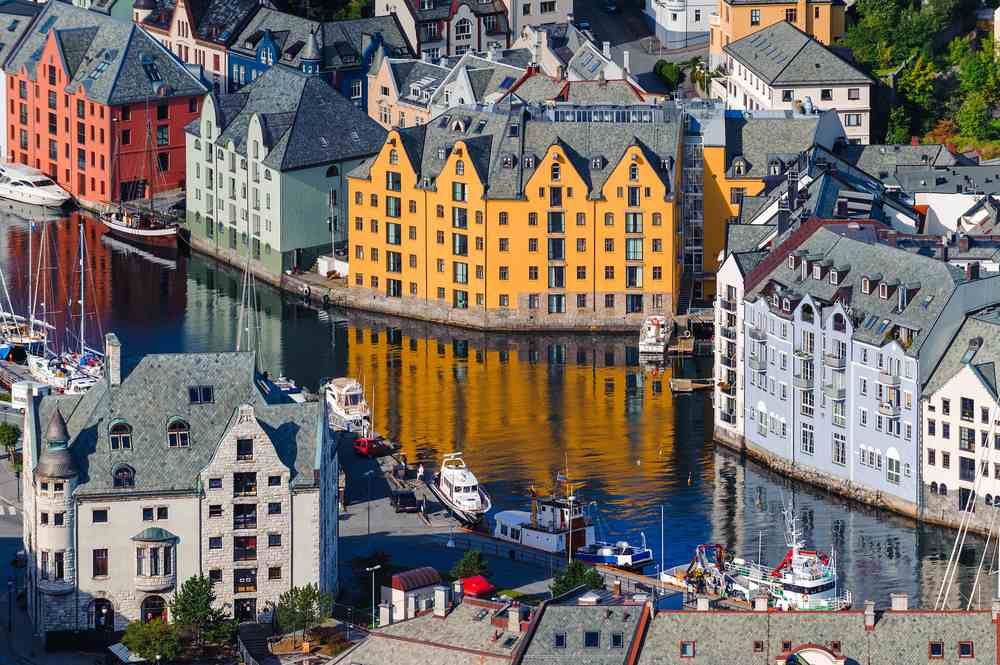
How Norwegian Architecture Has Evolved Over Time
From the traditional Norwegian cabin designs to the sleek lines of modern Norwegian architecture, the country's architectural journey is a blend of preserving the old while embracing the new. This evolution has been influenced by societal changes, available resources, and a constant dialogue with the breathtaking Norwegian nature.
The Challenges Facing Norwegian Architecture Today
- Climate Change: As global temperatures rise, there's a pressing need for energy-efficient designs.
- Urbanization: With more people moving to cities, there's a demand for sustainable urban structures.
- The Need for Sustainability: Emphasizing green materials and practices is no longer optional but essential.
How Norwegian Architecture Can Inspire Architects Around the World
The Focus on Functionality and Beauty
Norwegian designs have always been a harmonious blend of functionality and aesthetics. This balance ensures that every creation is not just practical but also pleasing to the eye. The essence of this principle is rooted in the belief that design should serve a purpose while also evoking emotions.
This approach can be seen in various Norwegian artifacts, from furniture to everyday household items, where the form is dictated by its function, yet there's an undeniable beauty in its simplicity and craftsmanship.
The Embrace of Natural Materials
Norway's rich natural landscapes have deeply influenced its design principles. The abundant forests, serene lakes, and rugged coastlines have instilled a profound respect for nature in the hearts of its people.
This reverence is reflected in their architectural and design choices. Natural materials like wood, stone, and clay are often the primary components, ensuring that the structures and objects are in harmony with their surroundings. This not only makes them sustainable but also gives them a timeless appeal that resonates with the ever-evolving design sensibilities.
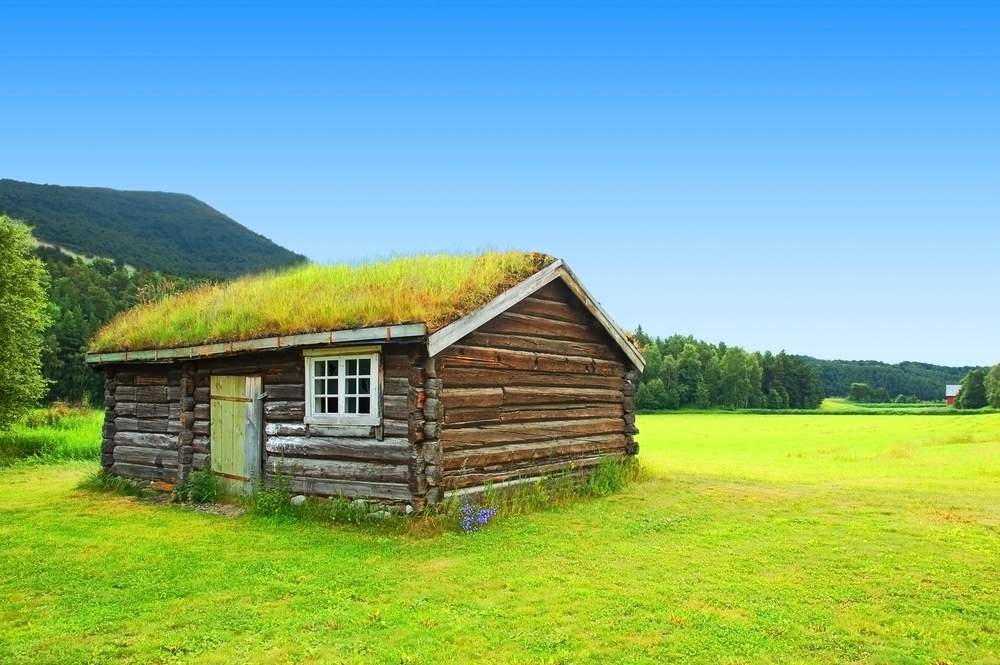
The Attention to Detail
Norwegian design is synonymous with precision. Whether it's the intricate carvings on a wooden cabin or the sleek lines of a modern urban structure, the attention to detail is paramount
This meticulousness stems from a deep-rooted cultural value of taking pride in one's work. Every design, no matter how big or small, is crafted with care, ensuring longevity and perfection. This dedication to detail ensures that every creation is not just functional but also a work of art in its own right.
Conclusion
Norwegian architecture, with its rich tapestry of styles and influences, offers a window into the nation's soul. From mountain cabins that blend seamlessly with their surroundings to urban structures that push the boundaries of design, Norway continues to inspire and amaze.
As you plan your next trip, consider exploring Norway's architectural wonders. And if you're looking for a unique way to experience the country, why not rent a caravan? Discover the beauty of Norway at your own pace with a campervan from Campervan Norway. Safe travels and happy exploring!



 By
By 






